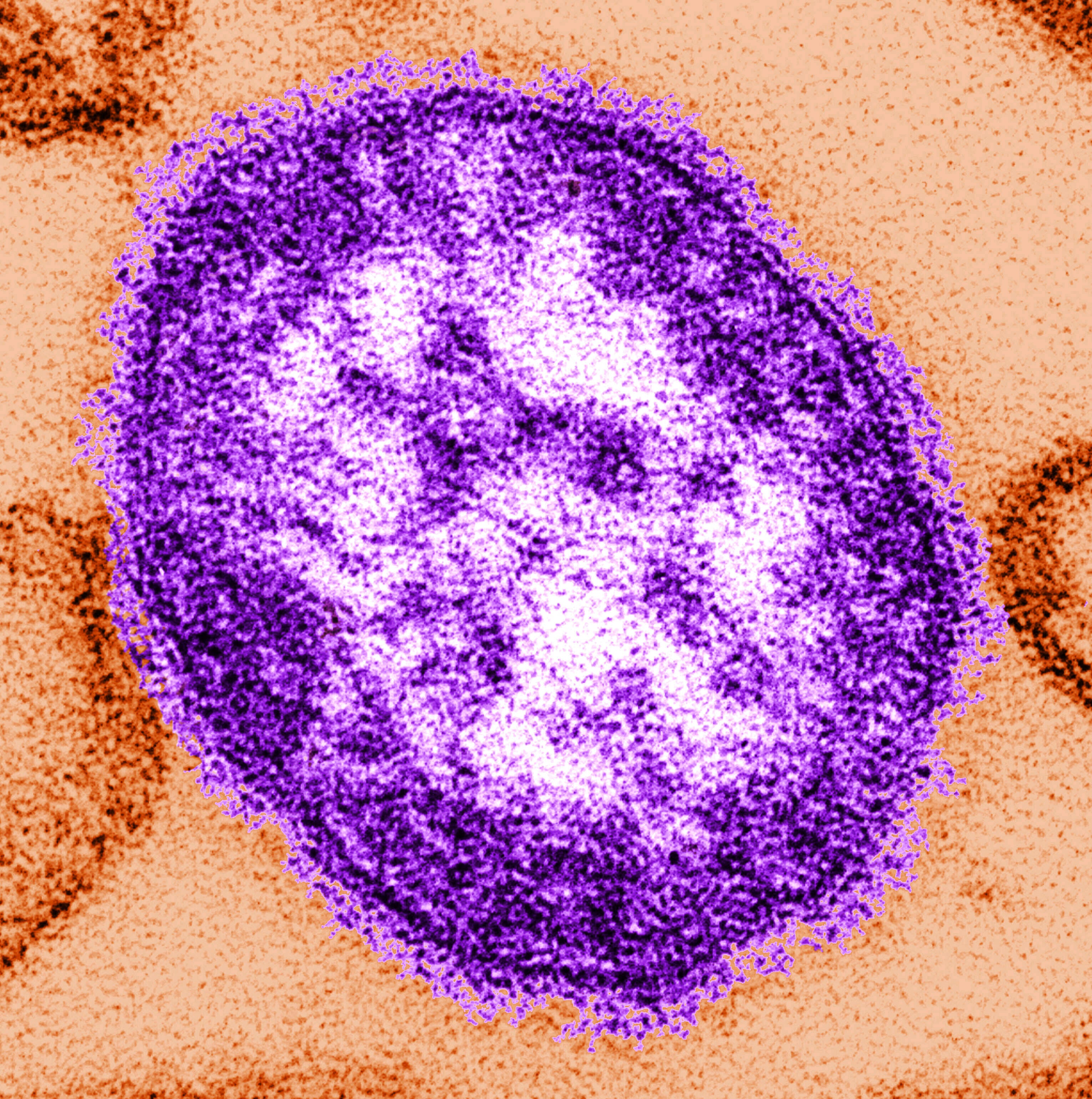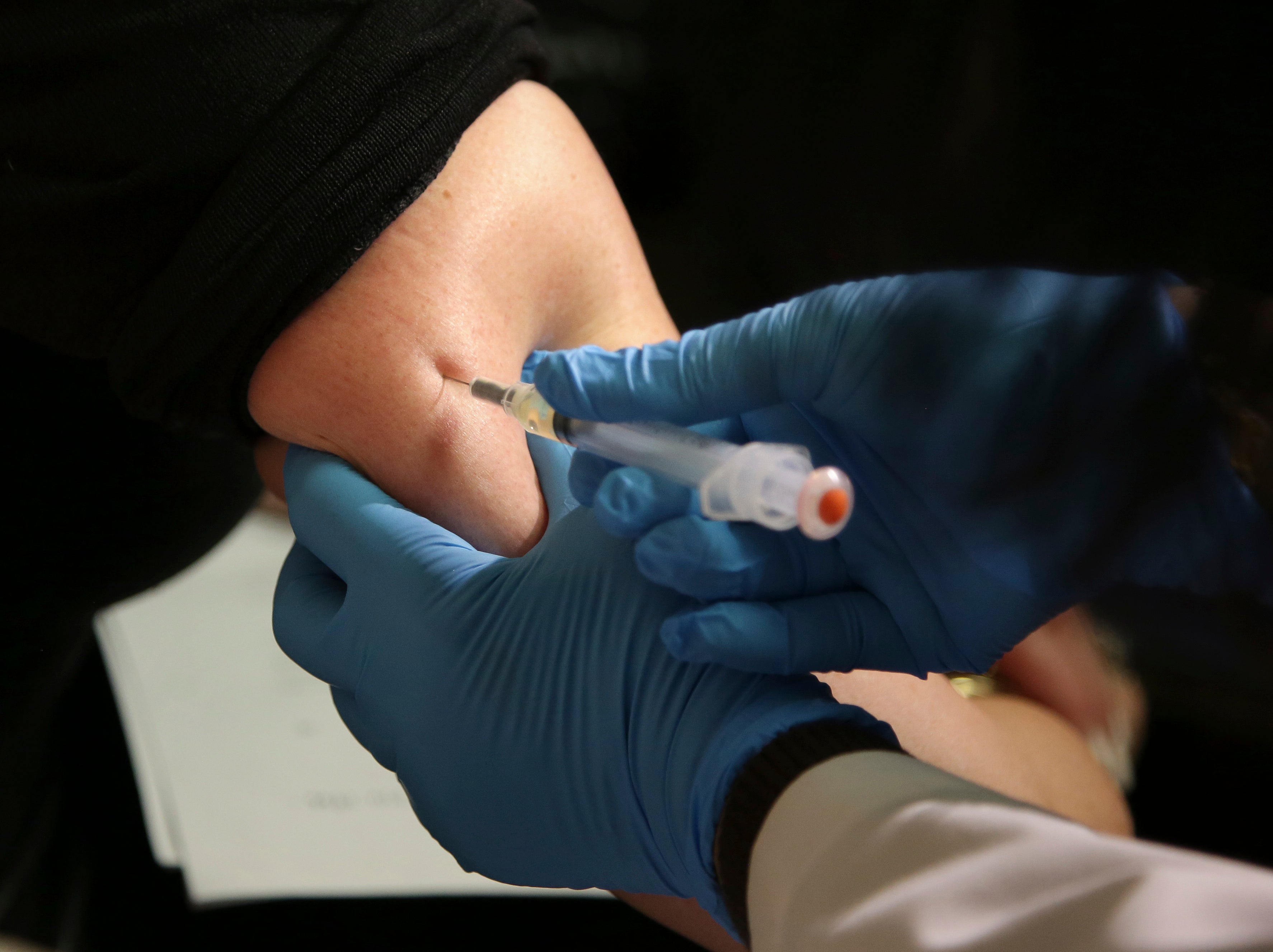US measles cases are up again in 2024. What you need to know
Measles cases already are nearly double the total for all of last year

Your support helps us to tell the story
From reproductive rights to climate change to Big Tech, The Independent is on the ground when the story is developing. Whether it's investigating the financials of Elon Musk's pro-Trump PAC or producing our latest documentary, 'The A Word', which shines a light on the American women fighting for reproductive rights, we know how important it is to parse out the facts from the messaging.
At such a critical moment in US history, we need reporters on the ground. Your donation allows us to keep sending journalists to speak to both sides of the story.
The Independent is trusted by Americans across the entire political spectrum. And unlike many other quality news outlets, we choose not to lock Americans out of our reporting and analysis with paywalls. We believe quality journalism should be available to everyone, paid for by those who can afford it.
Your support makes all the difference.Measles outbreaks across the world are raising health experts' concern about the preventable, once-common childhood virus.
One of the world's most contagious diseases, measles can lead to potentially serious complications. The best defense, according to experts? Get vaccinated.
Nationwide, measles cases already are nearly double the total for all of last year.
The US Centers of Disease Control and Prevention documented 113 cases as of April 5. There have been seven outbreaks and most of US cases — 73% — are linked to those flare-ups.
Still, the count is lower than some recent years: 2014 saw 667 cases and 2019 had 1,274.
The 2019 measles epidemic was the worst in almost three decades, and threatened the United States' status as a country that has eliminated measles by stopping the continual spread of the measles virus.
The CDC on Thursday released a report on recent measles case trends, noting that cases in the first three months of this year were 17 times higher than the average number seen in the first three months of the previous three years.
While health officials seem to be doing a good job detecting and responding to outbreaks, “the rapid increase in the number of reported measles cases during the first quarter of 2024 represents a renewed threat to elimination,” the report’s authors said.
Where is measles coming from?
The disease is still common in many parts of the world, and measles reaches the US through unvaccinated travelers.
According to Thursday’s report, most of the recent importations involved unvaccinated Americans who got infected in the Middle East and Africa and brought measles back to the US
Where were this year's US measles outbreaks?
Health officials confirmed measles cases in 17 states so far this year, including cases in New York City, Philadelphia and Chicago.

More than half of this year's cases come from the Chicago outbreak, where 61 people have contracted the virus as of Thursday, largely among people who lived in a migrant shelter.
How does measles spread?
Measles is highly contagious. It spreads when people who have it breathe, cough or sneeze and through contaminated surfaces. It also can linger in the air for two hours.
Up to 9 out of 10 people who are susceptible will get the virus if exposed, according to the CDC.
Measles used to be common among kids. How bad was it?
Before a vaccine became available in 1963, there were some 3 million to 4 million cases per year, which meant nearly all American kids had it sometime during childhood, according to the CDC. Most recovered.
But measles can be much more than an uncomfortable rash, said Susan Hassig, an infectious disease researcher at Tulane University.
“I think that people need to remember that this is a preventable disease," Hassig said. “It is a potentially dangerous disease for their children.”
In the decade before the vaccine was available, 48,000 people were hospitalized per year. About 1,000 people developed dangerous brain inflammation from measles each year, and 400 to 500 died, according to the CDC.
Is the measles vaccine safe? Where do vaccination rates stand?
The measles, mumps and rubella (MMR) vaccine is safe and effective. It is a routine and recommended childhood vaccine that is split into two doses.
Research shows it takes a very high vaccination rate to prevent measles from spreading: 95% of the population should have immunity against the virus.
During the pandemic, national vaccination rates for kindergartners fell to 93% and remain there. Many pockets of the country have far lower rates than that. The drop is driven in part by record numbers of kids getting waivers.
Subscribe to Independent Premium to bookmark this article
Want to bookmark your favourite articles and stories to read or reference later? Start your Independent Premium subscription today.